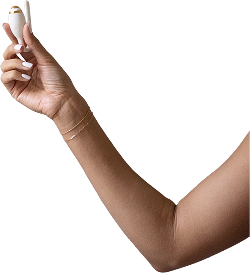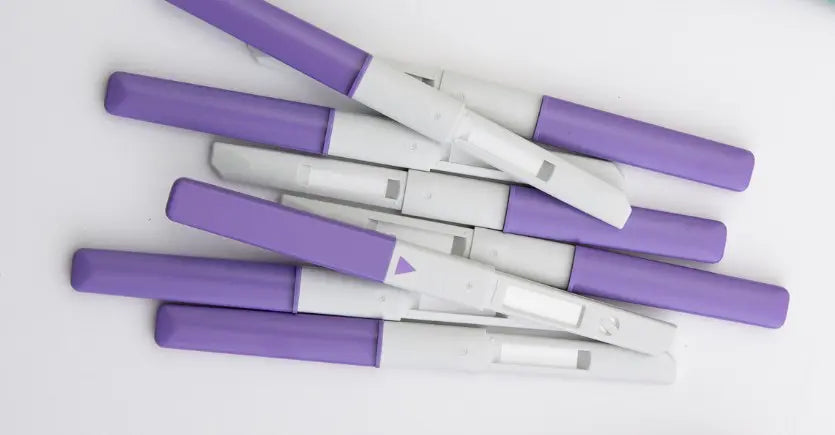Let’s take a deep dive into using kegg and cover the “hows” and “whys” so you can get the most out of your kegg experience!
kegg measures the changes in the composition of your cervical fluids. Changes in the Cervical Fluid are the best indicator to pinpoint when your most fertile days occur to optimally time intercourse or insemination.
With each daily reading, kegg monitors the changes over the course of your cycle based on the readings taken every 24hrs. We recommend taking your kegg reading within the same 2-hour time-frame each day and ideally as close to the same time as possible. If you cannot take your reading during this window or forget to do so, no need to worry. Simply take your reading when you can or remember, so long as it is on the same calendar day.
When should I start taking readings with kegg?
You can begin using kegg on any non-bleeding cycle day. Hold off using kegg while you are bleeding (or spotting) and resume kegg use once bleeding has discontinued. Even if your fertile window is predicted weeks away, kegg needs a full picture of your cycle to make the most accurate assessment of your cycle trends. Daily readings should continue until a new cycle starts. At the beginning of the cycle, kegg establishes your baseline for the cycle. The data gathered during the luteal phase is also helpful for refining kegg's predictions, therefore daily readings are truly paramount.
What sort of things that can impact kegg’s readings?
Both external and internal factors can impact your daily readings here is a list of common items:
- Semen
If semen is present in the vagina, It is advised to wait at least 8 hrs before taking a reading with kegg to allow the semen to dissipate. Semen present in the vaginal canal can create a barrier between kegg and the cervical fluid.
- Arousal fluid
Sexual arousal changes the vaginal environment. Consider waiting to use kegg.
- Lube, douching, or Intravaginal medication
Lube, vaginal medication such as creams, ointments, and hormonal supplements may alter the vaginal environment or create a barrier between kegg and the cervical fluid.
- Infections
Infections such as yeast overgrowth, Bacterial Vaginosis, and even UTIs can change the quality of the cervical fluid and/or produce vaginal discharge not related to fertility. Using kegg during any of these infections could result in inaccurate data.
- Some medications and supplements
Certain medications and supplements could interfere with kegg’s ability to identify the fertile window. While we haven't studied kegg use with specific medications, if the medication impacts your body's hydration status, it is possible it may impact your cervical fluid and thus kegg readings.
- Improper kegg placement or movement during the reading
The “egg” portion of kegg needs to be fully inserted comfortably into the vagina to ensure good contact with any cervical fluid present at the cervix. Significant movement during readings could cause kegg to lose contact with the cervical mucus. It is best to remain relatively still after the initial vibration until the 2 vibrations that indicate the reading is complete. Be sure to wait to remove kegg until the app instructs you to do so.
Adding kegg to your daily routine is easy and convenient. The more consistent your use with kegg, the more information kegg’s algorithm will have to assess the uniqueness of your cycle trends and cervical fluid.
For further information please visit our website FAQs or get in touch with us.



